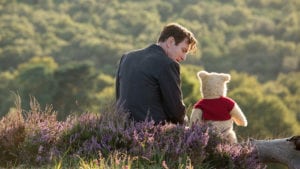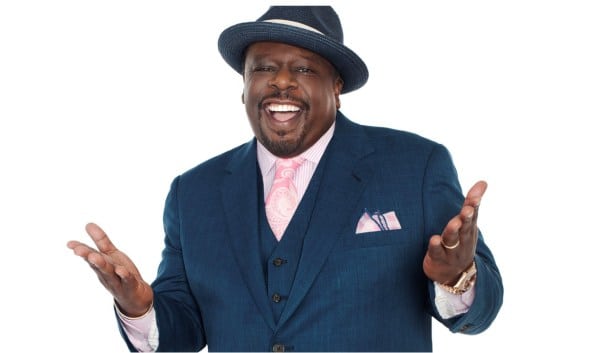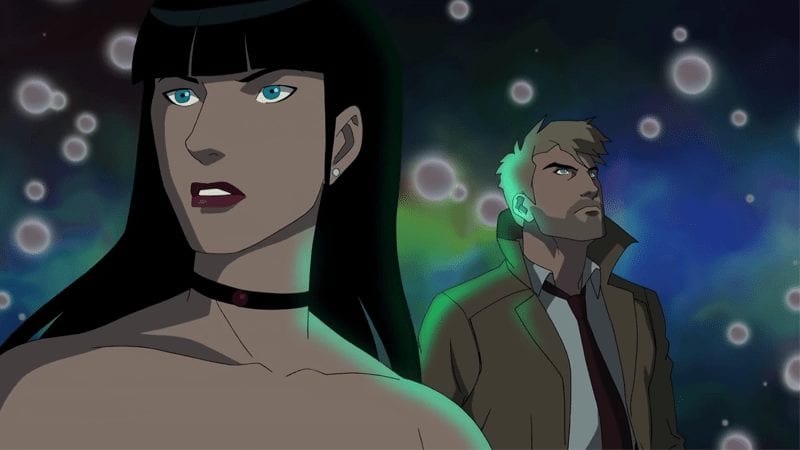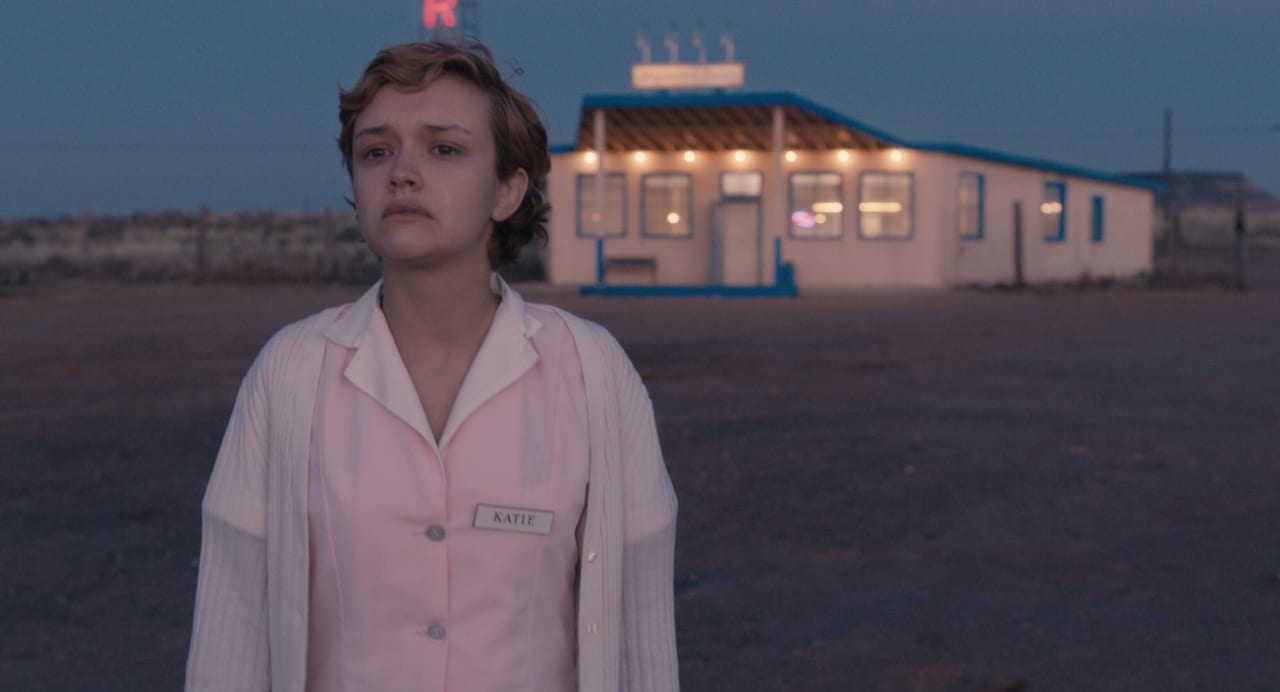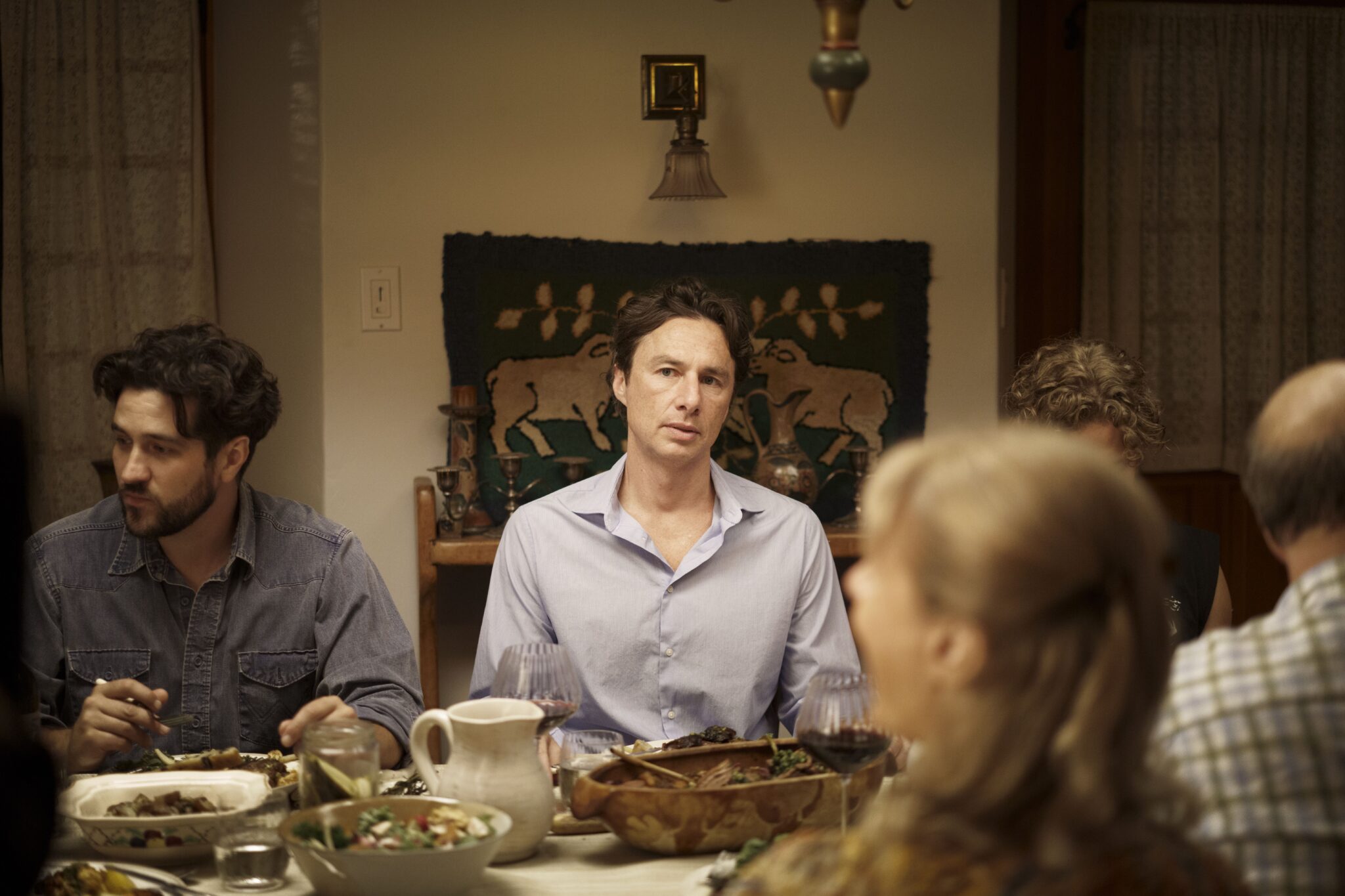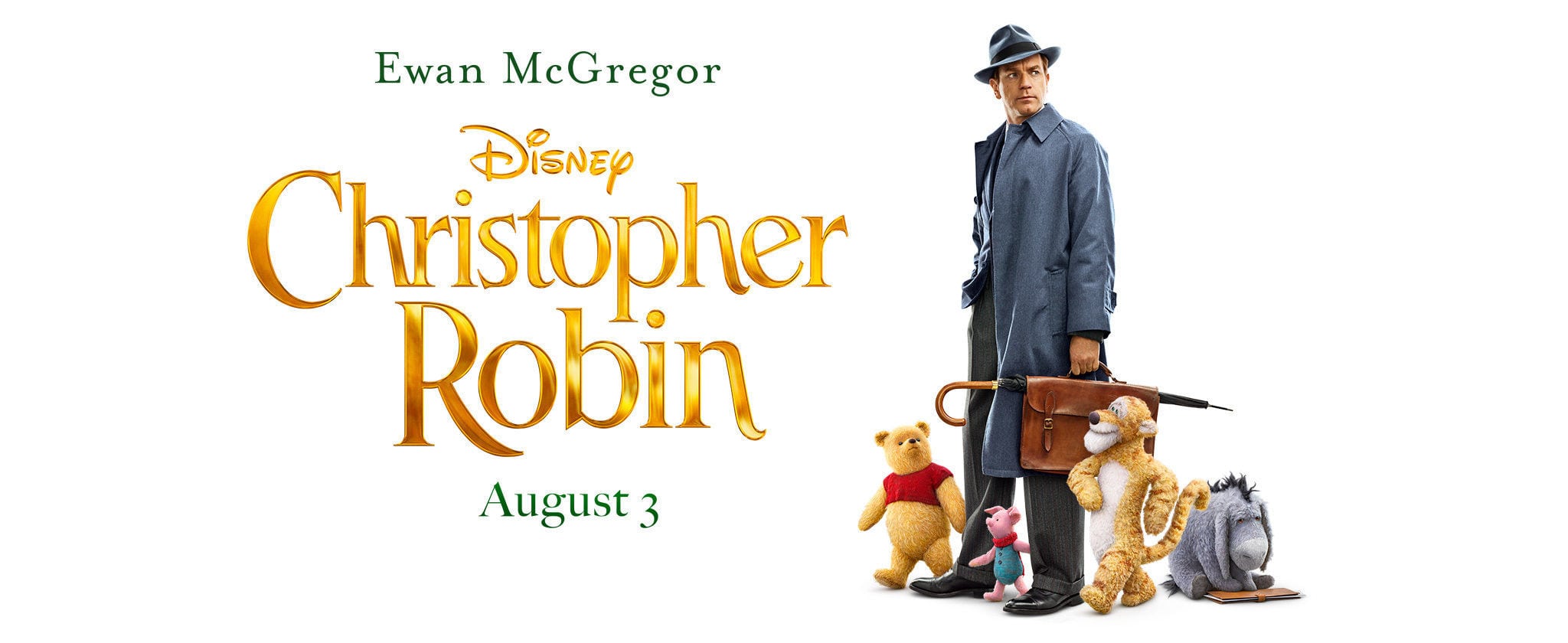 Produced by Brigham Taylor (Jungle Book, Tomorrowland), Disney?s Christopher Robin reintroduces fans to such beloved characters as Winnie the Pooh, Piglet, Eeyore and many more. Taking place in the mid-1940s, Christopher Robin is now a family man living in London. When he receives a surprise visit from his beloved childhood bear, Winnie the Pooh, the two embark on a journey to find Pooh’s friends and, in turn, ?help Christopher Robin rediscover the joy of life. A life-long fan of the characters, Taylor felt the time was right to return to the Hundred Acre Wood and explore their relevance today.
Produced by Brigham Taylor (Jungle Book, Tomorrowland), Disney?s Christopher Robin reintroduces fans to such beloved characters as Winnie the Pooh, Piglet, Eeyore and many more. Taking place in the mid-1940s, Christopher Robin is now a family man living in London. When he receives a surprise visit from his beloved childhood bear, Winnie the Pooh, the two embark on a journey to find Pooh’s friends and, in turn, ?help Christopher Robin rediscover the joy of life. A life-long fan of the characters, Taylor felt the time was right to return to the Hundred Acre Wood and explore their relevance today.
?I’ve always loved these characters,? he begins. ?I’ve loved these stories and, when I stumbled upon this notion of maybe telling the story within a live action context from the perspective of an adult Christopher Robin, I felt like it was whole new opportunity to re-examine the relationship we’ve all had with these characters for generations. So, it was a new way I think to sort of evaluate who these characters are and what their value is now. That was always a really exciting thought for me.?
Since their introduction to the world in 1926, A. A. Milne?s beloved characters from the Hundred Acre Wood have continued to charm audiences of all ages. To this day, Pooh, Eeyore and company have remained enduring in our culture, a quality that Taylor credits to their commitment to each other and ability to overcome obstacles.
 ?I feel like they, Pooh especially, embody the ideal sense of friendship and valuing that. All these characters–Rabbit, Owl, Piglet, Eeyore–they’re all very different,? he believes. ?They all have weaknesses and foibles, but they all are able to overcome those and value their friendship on top of it. They exhibit amazing patience and kindness for each other, even though they can annoy each other deeply. I think there’s huge lessons in that. There’s a huge amount of sort of charm and sentiments that goes into that. When you see that kind of generosity that these characters have, you both want that in your life and want to emulate that in your life.?
?I feel like they, Pooh especially, embody the ideal sense of friendship and valuing that. All these characters–Rabbit, Owl, Piglet, Eeyore–they’re all very different,? he believes. ?They all have weaknesses and foibles, but they all are able to overcome those and value their friendship on top of it. They exhibit amazing patience and kindness for each other, even though they can annoy each other deeply. I think there’s huge lessons in that. There’s a huge amount of sort of charm and sentiments that goes into that. When you see that kind of generosity that these characters have, you both want that in your life and want to emulate that in your life.?
In order?to reach today?s audiences, one might wonder if there was any temptation to potentially bring Pooh and his friends into the modern age. Still, Taylor believes that one of the qualities that gives them their charm stems from their consistency and timelessness.
?It was a fun development process,? Taylor feels. ?There was consideration about where the movie should be set because we were utilizing Christopher Robin as a fictional character, not as the historical person who lived. So, we were free from biographical detail, but we could tell a more every man story and, at different times, the script was in sort of a timeless contemporary setting. Then, we realized we’d rather just sort of adopt the timeline when we all became a sort of familiar with Pooh, which was when the character was first published in 1926. So, we said our fictional Christopher Robin would have had his childhood then and experienced the war time (being English), and then our story picks up postwar. We have a very real and grounded time period, which I think is helpful. It keeps these characters in this time and space that we ultimately really embraced and liked.?
 ?Then, the other decisions just flowed out of very simple questions. What would happen to any one of us if we’d had this very active childhood where we had these wonderful imaginary friends that filled our days? Whenever we grew up, what would happen? We all grow up and become busier become encumbered with our responsibilities. What would happen if the childhood friends that you hadn’t seen in 30 years came back? It all just flowed from that. We decided that Pooh never really seems to set about with a specific goal in mind or, at least, the result isn’t usually the because of the specific question that he had in mind. He’s really about his own thing. He doesn’t realize he’s there to rescue Christopher. He thinks he’s just there to help him find his own friends. Out of that, of course, the important journey unfolds, which is Christopher rediscovering his own childhood.?
?Then, the other decisions just flowed out of very simple questions. What would happen to any one of us if we’d had this very active childhood where we had these wonderful imaginary friends that filled our days? Whenever we grew up, what would happen? We all grow up and become busier become encumbered with our responsibilities. What would happen if the childhood friends that you hadn’t seen in 30 years came back? It all just flowed from that. We decided that Pooh never really seems to set about with a specific goal in mind or, at least, the result isn’t usually the because of the specific question that he had in mind. He’s really about his own thing. He doesn’t realize he’s there to rescue Christopher. He thinks he’s just there to help him find his own friends. Out of that, of course, the important journey unfolds, which is Christopher rediscovering his own childhood.?
In order to establish a sense of authenticity to the film, Taylor and his team decided to shoot the film in Ashdown Forest, the actual area that A. A. Milne used as inspiration for his original stories.
?Our locations were a combination of Ashdown Forest and Great Windsor Park, which is? in and around Windsor Castle,? Taylor remarks. ?[That’s] unique because it has an untouched and unspoiled section that hasn’t been manicured or logged for a thousand years. It’s really beautiful. We combined those locations to create the Hundred Acre Wood. The goal from the outset was that we wanted to create a very real, grounded [set]. We didn’t want to have something that was super stylized. We wanted the beauty of actual nature to sort of be our guide. That carried over even into our city locations, where we wanted it to feel like a very grounded and real postwar London, not to throw brightly colored paints or CG onto the greenery. We want it to be very real. We thought the characters would be all the more magical if we treated them as actual things that existed in the real environment.?
Another unique aspect of Disney?s iconic original film is the music. Written by Richard M. Sherman and his brother, Robert, classic songs like ?Heffalumps and Woozles? and ?When the Rain Rain Rain Came Down? have become almost as important to Pooh Corner as the characters themselves. As a result, when the opportunity came about for Taylor to bring Richard M. Sherman (now 90 years old), onboard to record new music for the film, he jumped at the chance.
?I’d had really the wonderful pleasure of working with Richard on Jungle Book?because he came in to rewrite the lyrics,? he recalls. ?He came in and wrote new verses. It was fantastic! Richard was lovely and he remains really sharp, active and prolific. That was the first time that we said, ?Richard, we’d love for you to write a few songs in the vein of originals that you and your brother did [for The Many Adventures of Winnie the Pooh]? and he said, ?Absolutely!? We asked for two songs and he came back with three songs and we were just overjoyed about that. Our film opens with one of his new songs, closes again with some songs and then we found some application for some of his classic tunes that you’ll discover in different little ways inside the movie because they were such a strong voice for the original features. So, it’s great.?
Most importantly, however, any return to the Hundred Acre Wood brings with it the challenge of bringing Pooh, Piglet and the rest of the family to life. With this in mind, he also felt the burden of responsibility that comes with attempting to bring these characters to life three dimensionally.
?Pooh was born out of the notion of a very real teddy bear that a young boy could hold, and obviously in the realm of animation, it became a very charming 2D version of that,? he explains. ?For most of us, he really existed as that glorious 2D animated character, but I felt like that the ability to transit that character back into a real 3D, hand-sewn, huggable toy, that would be in and of itself a really novel experience. It would force you to re-evaluate what these characters were. They were born out of this conceit that Mel was telling stories about these real stuffed animals that were in the boy’s room.?
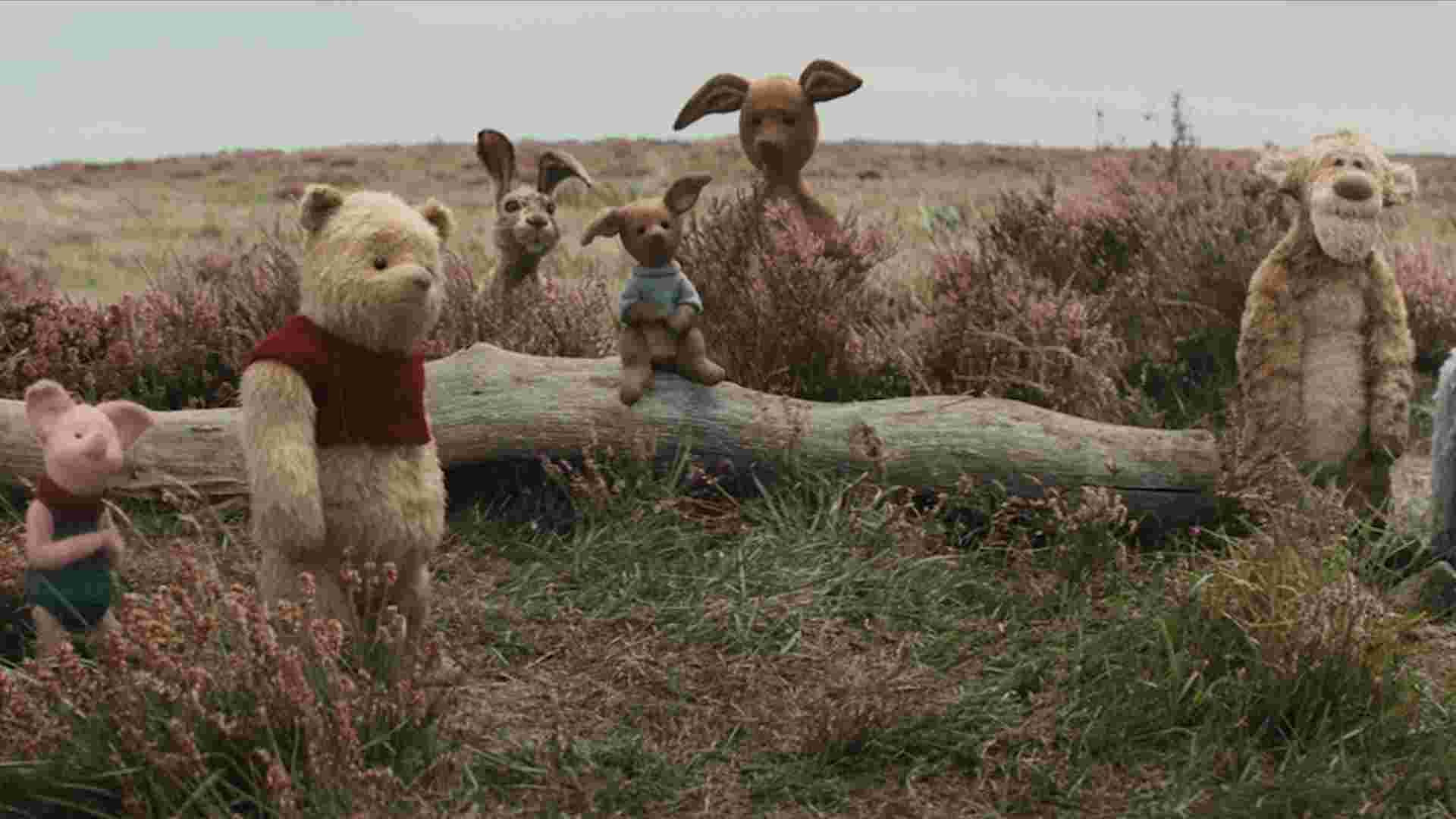 Since the most iconic representation of Pooh remains the 2D animated version, Taylor wanted his incarnation of the group to feel authentic to the time period.
Since the most iconic representation of Pooh remains the 2D animated version, Taylor wanted his incarnation of the group to feel authentic to the time period.
?On the creative side, I think the biggest challenge was to translate these characters back into three dimensions in a photo real way,? Taylor reflects. ?We really benefited from a wonderful conceptual artist. Our brief was to say to have a character that was recognizable as the animated version that we’ve all known and loved, crossed with the original illustrations from E. H. Shepherd in the book, but also by way of a vintage teddy bear that would have been produced back in the ‘Twenties. He sketched out these original images and, from the first one we saw, we knew he had nailed it. That was our north star as we built it practically because we had hand-built versions of all the stuffed animals with us on the set so that we can use them in shooting, even though they all eventually got replaced by our animation. So, that was a huge challenge to sort of nail down the books and translate them into this movie.?
Since the film reintroduces Christopher Robin as an adult, there is a heavy emphasis on rediscovering your childhood and even running from our past. As such, Taylor hopes that families experience the film in a way that reminds them to focus first on each other.
 ?For me, from the outset to me, this was an examination of what is the value of Pooh and his friends, these characters in our lives now, even as adults,? he considers. ?What better way to understand that then to tell the story through the perspective of an adult Christopher Robin?… I’ve never felt like that either on the page or even in the original animation that these characters were less relevant to me as an adult than they were to me as a child. It brings home the notion that they stand for certain ideas and principles about friendship and kindness that have no expiration date. That’s ultimately what the story’s about. In its simplest form, it’s really just about we need to remember and remind ourselves that we all get preoccupied and we all forget valuable lessons, whether it’s from the age of six, 10 or wherever. We need those reminders. We need external voices to remind us of the important things. In this movie, we focused on the importance of taking time out for each other and just to be present with the people that you love and your family especially.?
?For me, from the outset to me, this was an examination of what is the value of Pooh and his friends, these characters in our lives now, even as adults,? he considers. ?What better way to understand that then to tell the story through the perspective of an adult Christopher Robin?… I’ve never felt like that either on the page or even in the original animation that these characters were less relevant to me as an adult than they were to me as a child. It brings home the notion that they stand for certain ideas and principles about friendship and kindness that have no expiration date. That’s ultimately what the story’s about. In its simplest form, it’s really just about we need to remember and remind ourselves that we all get preoccupied and we all forget valuable lessons, whether it’s from the age of six, 10 or wherever. We need those reminders. We need external voices to remind us of the important things. In this movie, we focused on the importance of taking time out for each other and just to be present with the people that you love and your family especially.?
Christopher Robinis in theatres now.
For full audio of our conversation with Brigham Taylor, click here.

